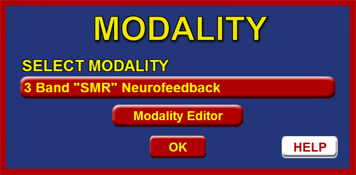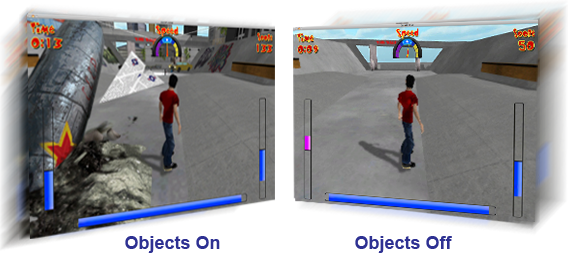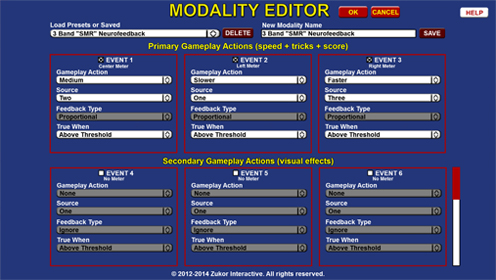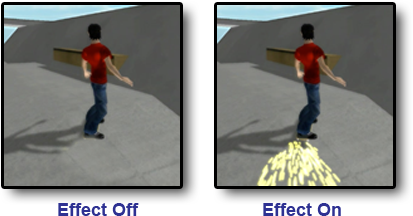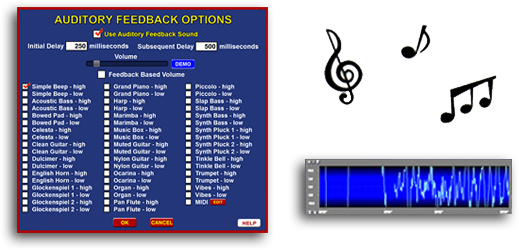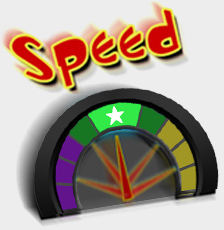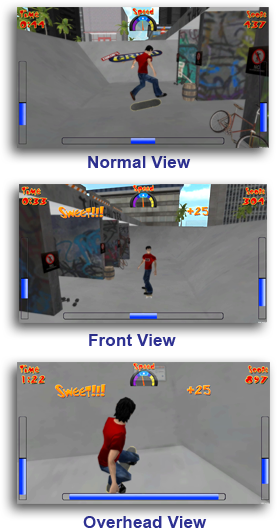Modality PresetsZukor’s Grind includes modality presets for the most common modalities which are selected from a simple drop down menu. Zukor’s Grind can be driven by all neurofeedback and biofeedback modalities, including 3 band “SMR” neurofeedback, Z-Score, HRV, BVP, EKG, GSR, Respiration and Temperature. The primary gameplay action of the character’s speed, skateboarding tricks and scores can be driven by one to three events.
